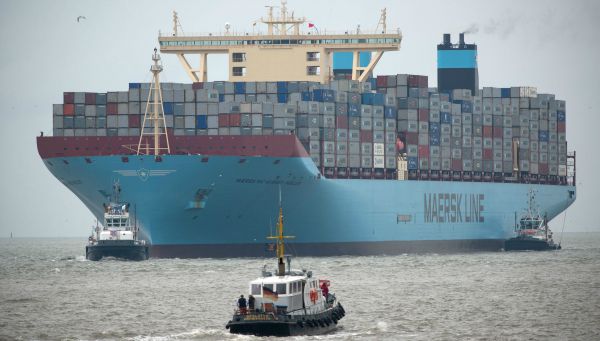
Three able men are shoveling chum out into the water to attract the menace terrorizing their beaches. Suddenly an image begins to take form beneath the water, circling the small fishing vessel. They assess they are looking at a 25-foot, three ton tiger shark. Police Chief Martin Brody exclaims, “You’re gonna need a bigger boat!” A patently obvious observation? Granted…remember the theater breaking out in nervous laughter when Schneider blurted it out in 1975? But with Shark Week behind us, it’s also an apt allegory for personal capacity building.
Capacity building typically refers to an organization’s ability to offer new services that add value for those it serves. You have to have the capacity before you attempt to take your services to a higher level. For example, it doesn’t make sense to increase your student body by 300% if you don’t have the staff and room to accommodate three times as many learners. Sure you’d have more revenue from increased enrollments, but you wouldn’t be able to meet everyone’s needs and expectations. You have to have the capacity to handle your goals once you realize them.
The concept of capacity building holds true for each of us individually. It makes no sense to pursue goals that you aren’t personally ready to handle…because once you arrive at your desired destination, the reality will hit hard that you can’t handle what you thought you wanted. Be careful what you wish for, but more importantly, when you know what you want to go after in life, be sure you have built your inner capacity so you can fully engage and enjoy it! When your ship comes in…do you want to meet it at the docks with a station wagon or an eighteen wheel moving van?

Educators, think of it like instructional scaffolding. We don’t expect students to sink or swim as they work to master new skills and concepts. We provide support for them to build on their strengths and successes as they take risks, make mistakes and learn. The same holds true for us as adults, whether on the job or at home. To build personal capacity we need to be able to push ourselves to take risks, learn and grow. Sounds simple, but what is required?
- Push yourself beyond where you are – if you’re too comfortable where you currently live or work, you’re not going to grow
- Identify new small challenges – nothing earth-shattering; something you can attain using your current skills
- Commit your personal strengths to meet your challenge – you’re making it a priority to take risks to grow
- Invest your time and energy to make it happen – stretch yourself to meet and surpass the challenge you’ve set
- Monitor your progress – be self-aware, learn as you go and make adjustments as needed
- Be persistent – push yourself and refuse to give up to develop resilience and tenacity
- Be flexible – consider multiple ways to meet your challenge from different perspectives
- Hit your target – give yourself credit for progress and know when you meet your challenge
- Appreciate your new capacity – recognize how meeting your challenge helped you grow
- Build on little victories – identify new challenges that will push you to grow and build more capacity so that you will eventually realize your goals
If Quint’s boat had the proper capacity to deal with his nemesis, “Jaws” could have ended much differently. No one wants to find themselves sitting in a vessel too small when facing challenges or opportunities!
So how about you? You have a say in how your story will read. Start today, purposefully developing your personal capacity, no matter what vessel you are navigating!






